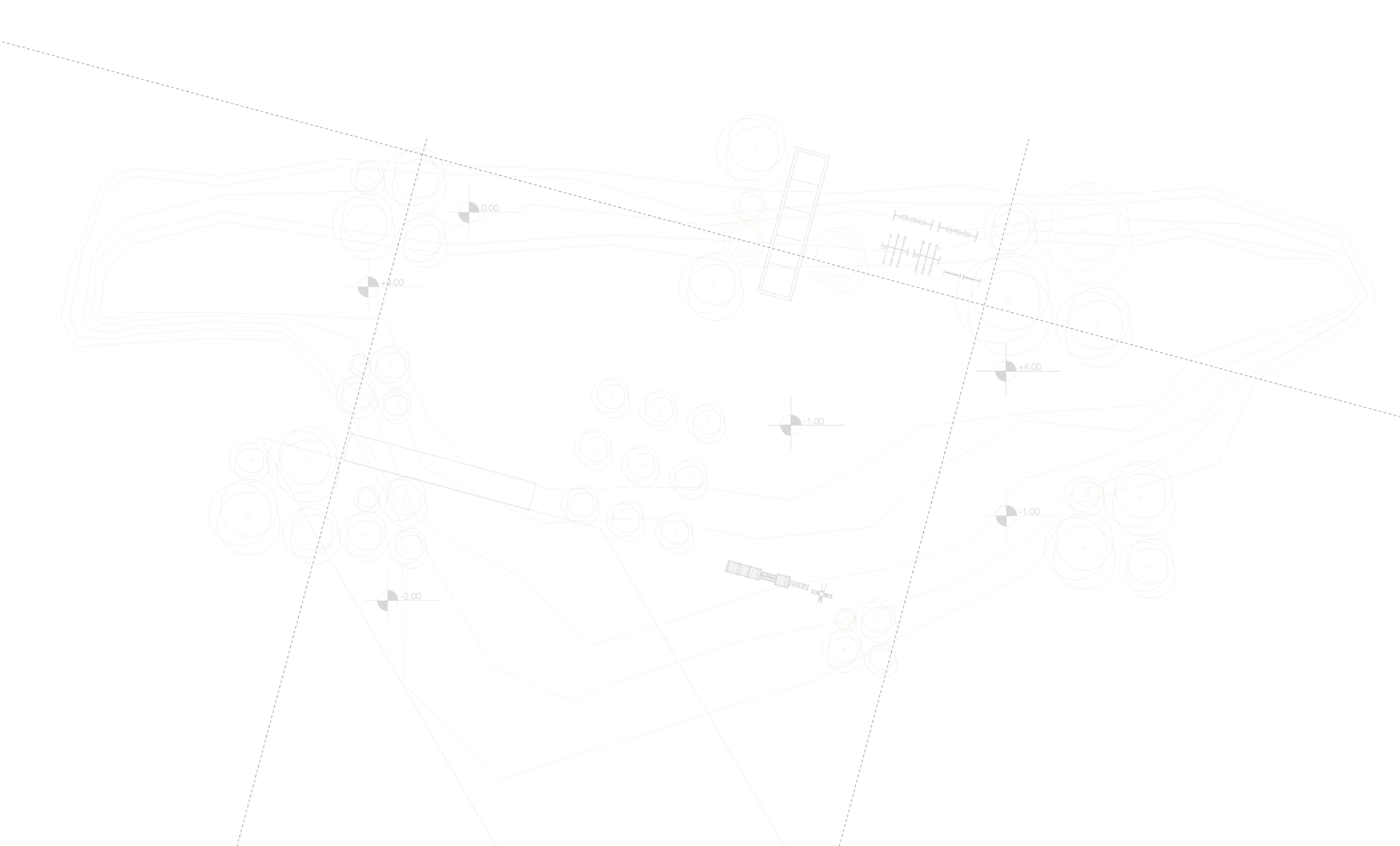The Best Grass Types for Central Texas: Characteristics, Pros, and Cons
- Red Oak

- Jan 14
- 3 min read

When it comes to landscaping in Central Texas, choosing the right grass type is critical for maintaining a lush, durable lawn that thrives in the region’s unique climate. Central Texas is known for its hot summers, occasional droughts, and clay-based or rocky soil, which means you need grass varieties that are heat-tolerant, drought-resistant, and resilient to wear and tear. Below, we explore the most popular grass types used in Central Texas, highlighting their key characteristics, water needs, disease resistance, and more.
St. Augustine Grass
Characteristics: St. Augustine is a broad-leaf, dense-growing grass that thrives in warm climates. Its bright green color and ability to spread quickly make it a popular choice for residential lawns.
Water Tolerance: Moderate to high – requires consistent watering, especially in dry months.
Disease Resistance: Prone to fungal diseases like brown patch and gray leaf spot, especially in humid conditions.
Root System: Shallow root system, which makes it more sensitive to drought but easy to establish.
Growth Pattern: Grows laterally through stolons (above-ground runners), filling in bare spots quickly.
Pros:
Attractive, lush appearance
Grows well in shaded areas
Tolerates a variety of soil types
Cons:
Requires frequent watering
Susceptible to pests like chinch bugs
Needs regular mowing and maintenance
Bermudagrass
Characteristics: Bermudagrass is a tough, fine-textured grass that can withstand high foot traffic, making it ideal for commercial spaces, parks, and active families. It thrives in full sun and warm weather.
Water Tolerance: High drought tolerance – it can survive on minimal water once established.
Disease Resistance: Good overall, but can be susceptible to spring dead spot.
Root System: Deep-rooted, making it more drought-resistant than other grass types.
Growth Pattern: Spreads aggressively through both stolons and rhizomes (below-ground runners).
Pros:
Highly durable and resilient to wear
Excellent heat and drought tolerance
Grows back quickly after damage
Cons:
Requires full sun – struggles in shaded areas
Can become invasive due to aggressive growth
Needs frequent mowing during the growing season
Zoysia Grass
Characteristics: Zoysia is a slow-growing, fine to medium-textured grass known for its dense and soft turf. It performs well in both sun and partial shade.
Water Tolerance: Moderate – requires less water than St. Augustine but more than Bermudagrass.
Disease Resistance: Fairly resistant to most diseases but may suffer from brown patch in humid conditions.
Root System: Dense and deep-rooted, which improves drought tolerance.
Growth Pattern: Grows slowly, spreading via both stolons and rhizomes.
Pros:
Soft texture and visually appealing
Tolerates moderate shade better than Bermudagrass
Drought-tolerant once established
Cons:
Slow establishment and growth
Expensive to install compared to other grass types
Requires dethatching every few years
Buffalograss
Characteristics: Buffalograss is a native Texas grass that thrives in hot, dry climates. Its bluish-green hue and low maintenance requirements make it a great eco-friendly option.
Water Tolerance: Extremely drought-tolerant – requires minimal watering once established.
Disease Resistance: Excellent – naturally resistant to most pests and diseases.
Root System: Very deep roots, making it exceptionally drought-hardy.
Growth Pattern: Grows slowly and spreads via stolons.
Pros:
Extremely low water and maintenance needs
Native to Texas, meaning it’s well adapted to the local climate
Resistant to pests and diseases
Cons:
Not ideal for high-traffic areas
Doesn’t grow well in shaded areas
Slow to establish, requiring patience
Choosing the right grass for your Central Texas lawn comes down to key factors: How much sunlight does your yard get? Do you have irrigation or rely on rainfall? Will your lawn experience heavy foot traffic? Answering these questions will help you determine whether a tough, sun-loving grass like Bermudagrass, a shade-tolerant option like St. Augustine, or a drought-resistant native like Buffalograss is best for your property.





Comments